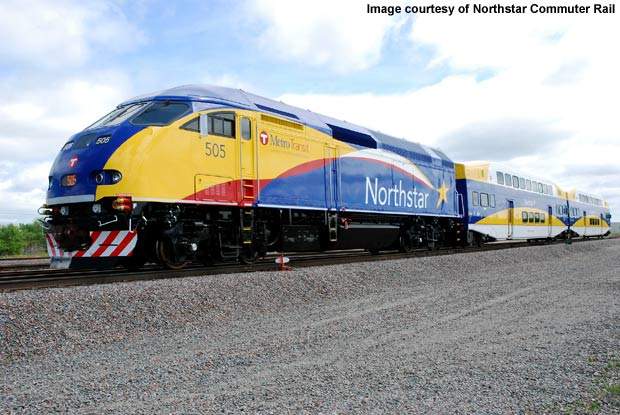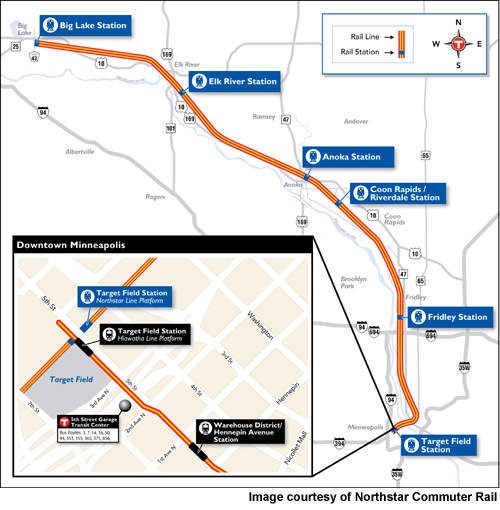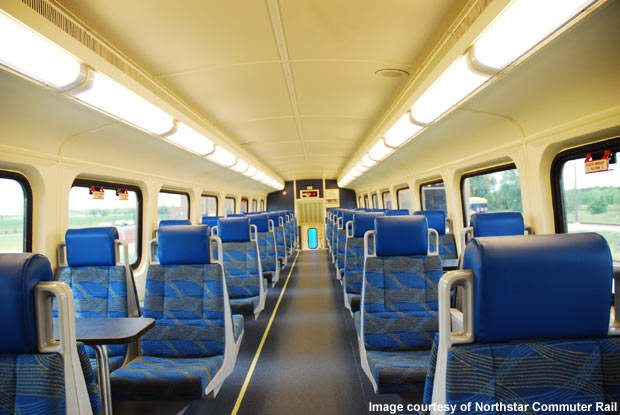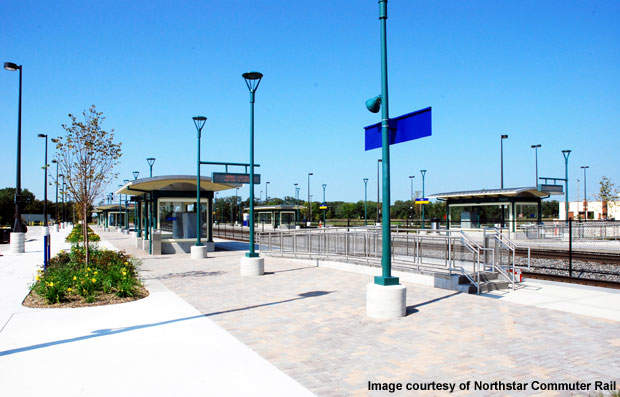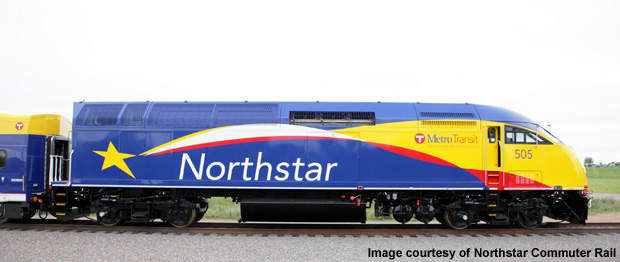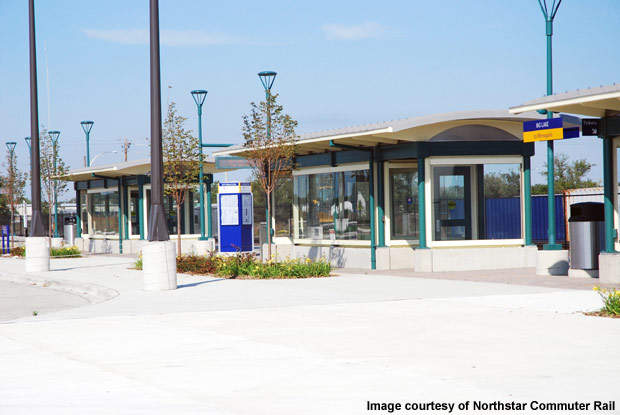The Northstar Commuter Rail Line, the first such line in Minnesota, US, began operating in November 2009. The first phase, a 40-mile line on the Northstar Corridor, connects Big Lake and downtown Minneapolis at Target Field station along Highway 10 and the Interstate 94 corridor. The trains operate on the existing BNSF railway lines and share the track with freight trains under an agreement with the railway company in 2007.
The commuter rail line eases congestion on the heavily used Northstar Corridor and provides a safe, economical and reliable commuter rail service. It also significantly reduces commuting time.
Commuters travelling along the corridor were using the Northstar Commuter coach bus transit service offered by the Northstar Corridor Development Authority.
A 94-mile extension to St Cloud has been proposed as the second phase of the project. Phase 2 is expected to serve between one and 1.5 million riders annually. However, lack of double-tracked rail lines between Big Lake and Becker are hindering the extension. Since the 2010 State Rail Plan expects to earn 70%-111% returns on this line, it is determined to carry on the extension work.
The project
The Northstar Corridor is an 82-mile stretch along Highway 10 that connects St Cloud and Rice to downtown Minneapolis. It is one of the fastest-growing transportation corridors with population projected to exceed 850,000 by 2025.
In 1997, cities, townships, counties and regional rail authorities of Minnesota formed the Northstar Corridor Development Authority, which aims to increase the transport facilities between Minneapolis and St Cloud to handle the increasing commuter load along the corridor.
After conducting studies, the NCDA, Metropolitan Council and the Minnesota Department of Transportation concluded that a commuter rail line was more beneficial and economical than upgrading the existing highways.
Minnesota Department of Transportation designed and constructed the Northstar Commuter Rail project. Facilities and rolling stock are owned by the Metropolitan Council , and the line is managed by Metro Transit, an operating division of the Metropolitan Council. Metro Transit is the main transport provider for the Minneapolis-Saint Paul and operates integrated bus and train networks in the region.
The Northstar Commuter Rail Line was built at a cost of about $320m. Funding came from the federal government ($161.9m), state funds ($98.6m), Anoka county ($34.8m), Hennepin county ($8m), Sherburne county ($8.2m), the Metropolitan Council ($5.9m) and Minnesota Twins baseball team ($2.6m).
Infrastructure
Northstar trains run on existing BNSF railway lines. This has reduced the cost of the project as new railway lines have not had to be laid.
The trains have six stops with stations at Elk River, Anoka, Coon Rapids-Riverdale and Fridley. The Northstar project also extends 12 miles to connect the Northstar Target Field station and Hiawatha Light Rail Transit line, operated by Metro Transit. This makes the line a total of 52 miles for the twin cities Minneapolis and St Paul.
The maximum speed of the Northstar trains is 79mph and the time for travel from Big Lake to Minneapolis is 45 minutes.
Services include five trips during the morning and evening rush hours, a reverse commute roundtrip on weekdays and three weekend roundtrips. The line is expected to have a ridership of about 3,400 by the end of 2010, rising to 5,900 by 2030. The annual capacity of the line is 2.1 million.
Fares range from $3.25 to $7, based on the distance travelled, and are lower at weekends.
A 50,000ft² vehicle maintenance facility with a ceiling-mounted crane has been set up at Big Lake to inspect, clean and maintain the Northstar trains.
The Big Lake, Elk River, Anoka, Coon Rapids-Riverdale, Fridley and Target Field stations have free park-and-ride areas adjacent to the stations. All station platforms have enclosed glass shelters and are equipped with amenities such as ticket vending machines, emergency telephones and cameras.
Stations are patrolled and monitored by the Metro Transit Police and local police forces. In downtown Minneapolis, Northstar train passengers have an easy access to connect to Hiawatha light-rail line, regional buses and Minneapolis skyway system.
Rolling stock
Northstar operates 18 passenger coaches and cab cars built by Bombardier. The company has previously supplied light rail for the NCDA. The five 3,600hp locomotives were built by Motive Power Industries and weigh about 150t. Each train consist of a locomotive and four passenger cars with a seating capacity of about 140 passengers and accommodate 355 passengers during peak hours. This allows travel for about 1,420 passengers on each trip.
The train set of the Northstar rail line, called Consist, comprises three coaches, a cab car and a locomotive. In April 2010, six-car trains were introduced.
As the trains operate on BNSF shared lines, high-quality lighting illuminates the train cars. The passenger cars have comfortable seating, and facilities include wheelchair lifts, luggage storage, bike racks, an ADA accessible restroom and work tables with electrical outlets of 110V for computers. Connection and schedule information is also available.

